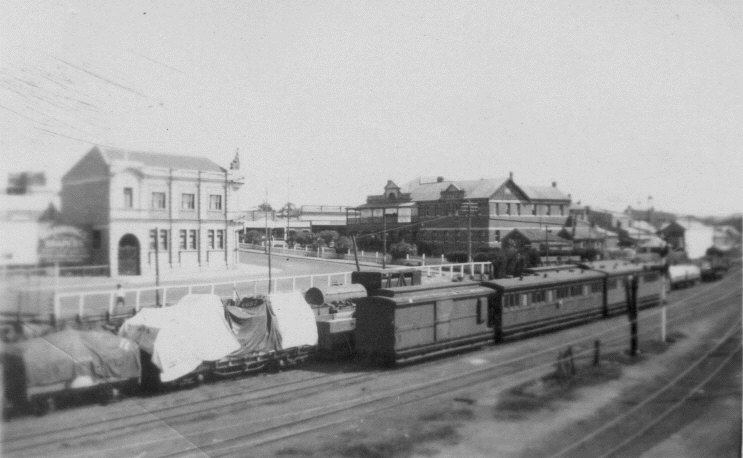History of Narrogin and Surrounds
The name Narrogin is said to have originated from the Aboriginal word ‘gnargijin’ meaning place of water and is named after a large pool on Narrogin Creek. (Other sources quote the meaning as ‘place of bats’ or ‘plenty of everything’.) The earliest use of the name Narrogin seems to have been applied to an inn established in the foothills at Armadale, currently named ‘Ye Olde Narrogin Inne’. For more information about the Aboriginal Heritage of the Shire, click here.
The first settlers in the area were sheep herders who had followed water courses and selected property suitable for grazing. Edward Hamersley took up the first pastoral and tillage lease of 5,000 acres in 1853. The lease lapsed in 1858 which may indicate that it was never stocked. It is known that Elijah Quartermaine took up and settled on 5,000 acres in 1860. A number of other settlers soon took up land including the ex-convict John Dodd in 1876.
The Town started as a small group of buildings centred on the railway station on the Albany - Beverley line. The 'Father of Narrogin' Michael Brown was responsible for a great deal of building construction in the town and this in turn attracted new settlers. His descendants are still in the area with one as late as the year 2000, being a town councillor.
Narrogin was one of the largest towns on the fringe of the Wheatbelt region. It had two hotels, two boarding-houses, two shops, a doctor, a chemist and a small hospital on a hill away from the railway station. It was on the Great Southern railway line and a train went through once a day from Perth to Albany.
Narrogin’s emergence as a regional centre for the Central South region can be traced back to the construction of the Great Southern Railway Line between Albany and Beverley in the late 1880's. Between 1905 and 1926 new railway lines were constructed to Collie, Wickepin, Kondinin, Dwarda and points beyond. Narrogin remained a major rail centre until the late 1970's when competition from road transport saw a reduction in the railways workforce from some 280 people to less than a dozen in 1995. Narrogin's previous role as a major railway junction served to attract agricultural service industries as well as government departments and agencies. Over the years the town has accumulated significant public infrastructure - mainly in the health and education areas. This infrastructure serves as the base for the modern regional centre that Narrogin has become today.
